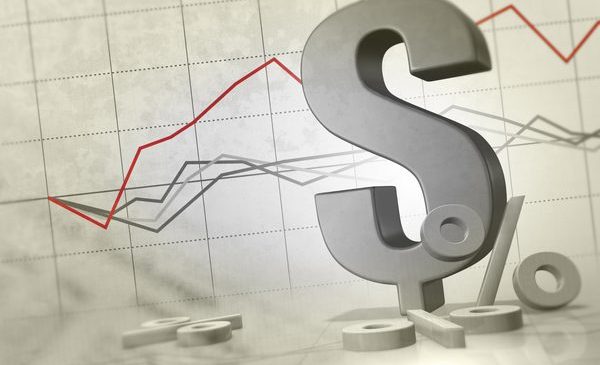

May 19 , 2018
The Required Rate of Return is just one of many components of business value. It factors in risk as one of the essential considerations in determining potential return. Risk and the required rate of return are directly related by the simple fact that as risk increases, the required rate of return increases, and vice versa. The more risk an investment has the more investor’s require in return for taking on that risk. Business Value, on the other hand, is inversely related to risk. Being driven by cash flow, the more risk inherent in cash flows (i.e., the more uncertainty there is in achieving them), the lower the value of those cash flows for investors looking today. Remember required rate of return expected may differ from actual rate of return. Required rate of return corresponds with the perceived risk of the investment and is the return required to attract an investor over another investment opportunity in the current market.
While analyzing a business and placing a value on its cash flows, Business Valuation experts first determine the company’s expected future cash flows and then discount those cash flows to the valuation date using the required rate of return, or discount rate. To devise a discount rate, we use what’s called The Build-Up Method. This method adds the following components of risk/return to come up with an overall discount rate.
The discount rate factors in returns on alternative investments and includes company-specific risk adjustments dependent upon the facts and circumstances surrounding the company being valued. The latter are considered the most subjective components of the discount rate. As such valuation experts should be able to describe and justify these factors and how those factors impact the company’s required rate of return. Call Brad direct at 770-380-2406 to discuss your specific business in more detail or e-mail to Brad@BurnsValuationConsulting.com